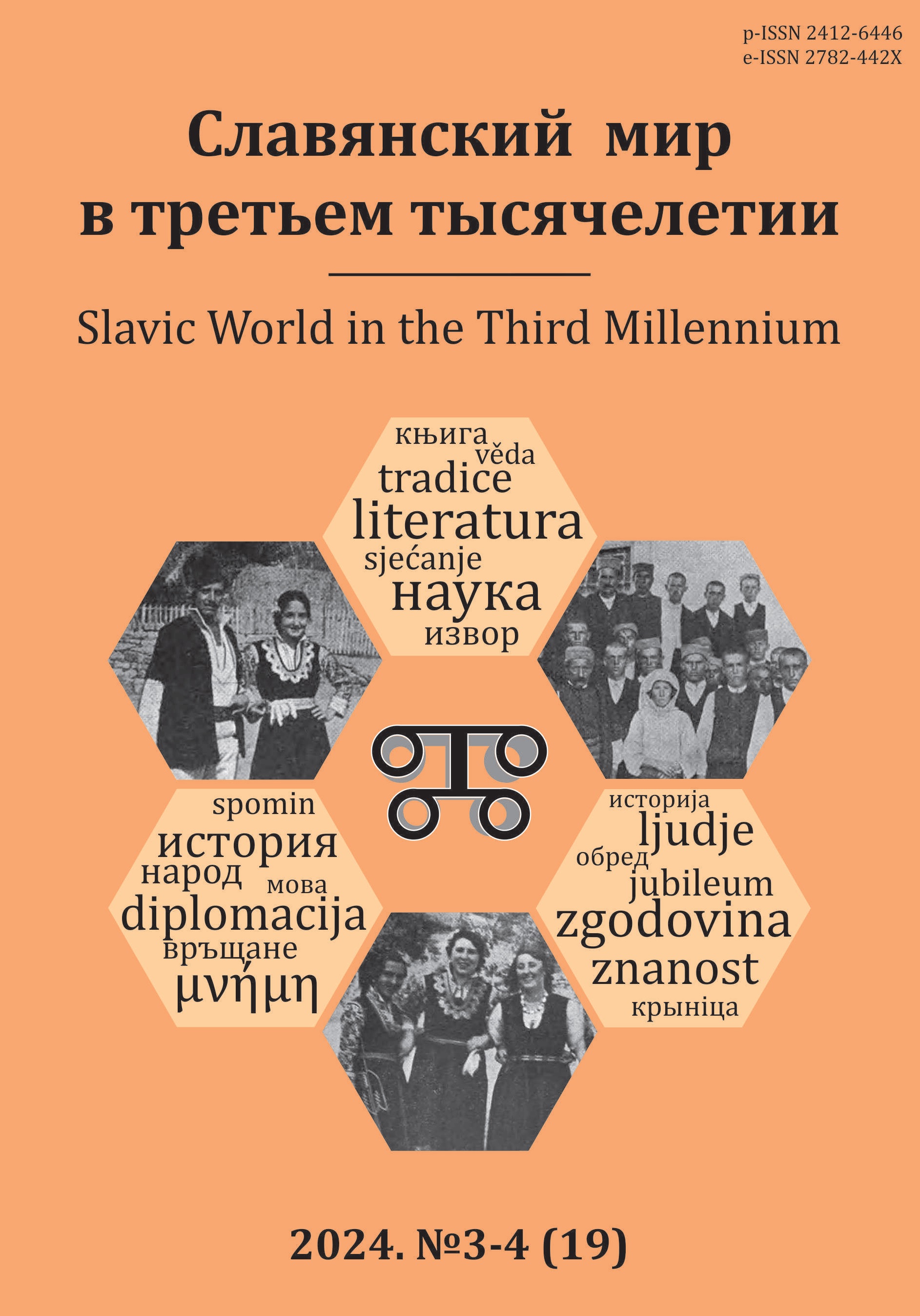The Three-days Battle of Warsaw 1656 in Russian Sources
DOI:
https://doi.org/10.31168/2412-6446.2024.19.3-4.01Keywords:
Seventeenth-Century Russia, Polish-Lithuanian Commonwealth, Grand Duchy of Lithuania, Sweden, Brandenburg-Prussia, Northern Wars, news circulation, history of communicationAbstract
The mechanisms of acquiring foreign news in the 17th-century Russia have been studied in general, but there is still lack of local studies on how specific news reached the Moscow government. However, it is the set of specific news that determined the information background of foreign policy decisions. While we are still far away from fully reconstructing this background, it is still possible to study its individual facets. The Battle of Warsaw of 1656, fought between Polish-Lithuanian and Crimean forces on the one side and Swedish and Brandenburg-Prussian armies on the other, being the largest field battle of the Second Northern War, offers a valuable opportunity for a case study on how the Tsar Alexei Mikhailovich and his counselors got news about a major European event. This paper discusses all known reports of the battle that reached the Russian government. Those are reports by diplomats from Poland-Lithuania, Brandenburg and Courland as well as by Lithuanian nobles both sworn to the Tsar and loyal to the Commonwealth, Lithuanian Jews and, of all people, by the Hetman Bogdan Khmelnitsky. We establish the chronology of these reports and trace the origin of their data and their political agenda. Only part of the information available to the Tsar could be cross-checked. Eventually it came down to the following three points (of which the first two were accurate). Firstly, the battle and its participants. Secondly, the outcome. Thirdly, that the main reason for the Polish defeat was the lack of cooperation between the Poles and the Lithuanians. This construct that appears in the reports by several Lithuanian nobles might well be a manifestation of anti-Polish sentiments in the public opinion of a part of Lithuanian nobility. It also represents a “Lithuanian” version of the Battle of Warsaw, as opposed to “Swedish”, “Polish” and “Prussian” versions hitherto studied by historians.
Received 24 October 2024
Revised 05 November 2024
Accepted 10 December 2024
For citation: Prudovsky, P. I., 2024. The Three-days Battle of Warsaw 1656 in Russian Sources. Slavic World in the Third Millennium, 19 (3–4), pp. 9–27. https://doi.org/10.31168/2412-6446.2024.19.3-4.01



